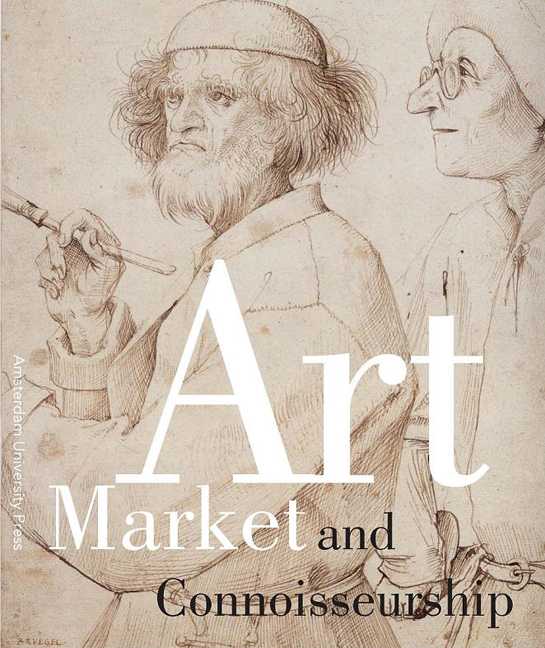 Art Market and Connoisseurship
Art Market and Connoisseurship ‘Painters Pencells Move not without that Musicke’: Prices of Southern Netherlandish Painted Altarpieces Between 1585 and 1650
Published online by Cambridge University Press: 15 January 2021
Summary
Introduction
In an imaginary dialogue from 1538 written by the humanist Johannes Vives, we find Albrecht Dürer in a conversation with two imaginary learned men, Grynius and Velius. They are talking about Dürer's imaginary portrait of Scipio Africanus, which they want to see, either to buy it, or to criticise it, or possibly, to show off their knowledge, to the annoyance of the artist.
Dürer: Go away from here, for you will buy nothing …
Grynius: Nay, we wish to buy, only we wish you to leave the price to our judgement, and that you should state the limit of time for payment, or, on the other hand, let us settle the time and you the amount of the payment.
Dürer: A fine way of doing business! There is no need for me to have nonsense of this sort!
The price is put at 400 sesterces, whereupon the two connoisseurs become increasingly difficult customers: they want to examine the painting thoroughly to see if it is worth the asking price. Dürer, stubborn, proud and by now probably vexed, is reluctant to accommodate them:
Velius: I should like to be able to see the back of the head.
Dürer: Then turn the panel round.
Although this is an imaginary account which ends on a comic note, it does ring true regarding how artists must have felt when a difficult client examined their work while trying to strike a bargain. As is well-known, the assessment of any work of art is influenced by its material costs, but also by less tangible aspects such as its perceived artistic value. But how exactly prices were determined for specific types of paintings in many instances remains unclear.
In the past decades, a lot of research has been done on different social and economic aspects of the early modern market for luxury objects. Sales inventories, merchants and auction prices concerning paintings have been studied. Moreover, the reception of copies, pastiches and originals on the market has been analysed, as well as merchant's interventions in the establishment of prices. However, not all of the aspects of the early modern market for luxury goods have been analysed. Indeed, we are still unable to trace the exact nature of the interaction between many artists and their royal patrons, the city councils, and the various private citizens who purchased paintings.
- Type
- Chapter
- Information
- Art Market and ConnoisseurshipA Closer Look at Paintings by Rembrandt, Rubens and Their Contemporaries, pp. 97 - 125Publisher: Amsterdam University PressPrint publication year: 2008


